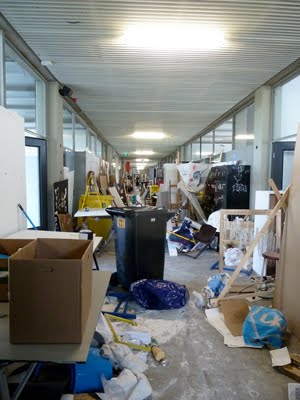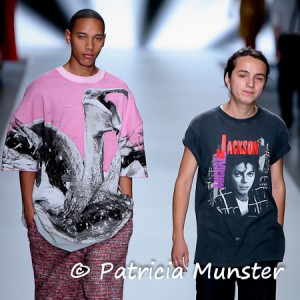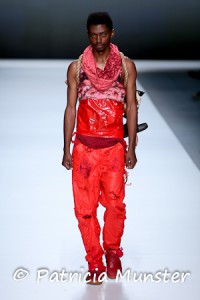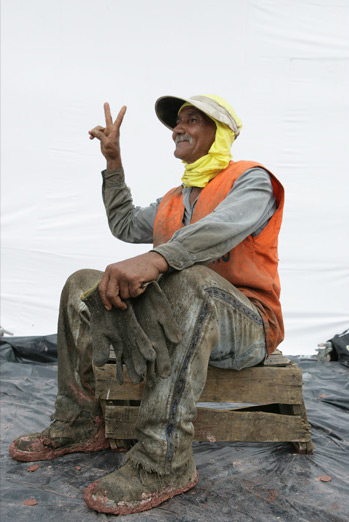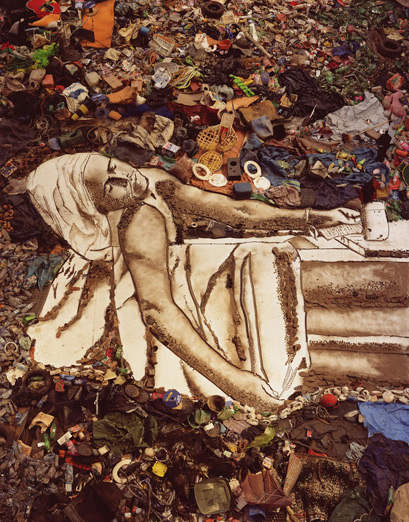BasicYearBasicYearBasicYearBasicYearBasicYearBasicYearBasicYearBasicYearBasicYearBasicYear
BasicYearBasicYearBasicYearBasicYearBasicYearBasicYearBasicYearBasicYearBasicYearBasicYear
BasicYearBasicYearBasicYearBasicYearBasicYearBasicYearBasicYearBasicYearBasicYearBasicYearBasicYearBasicYearBasicYearBasicYearBasicYearBasicYear
The Basic year makes me think of a lot, I repeat A LOT, of garbage. Not only do we use trash -mostly found along the road whilst biking to the academy- to produce our most wonderful and ‘sometimes’ NOT so wonderful art works. We are also very skilled in re-transforming the artworks again into the state of what we originally found the loose particles that the artwork is consisting of; garbage. This re-transformation is especially noticeable after assessments, which takes place at the very end of every semester on the third floor of our academy. In case you are very interested in this spectacle of transformation? The next event will be due around the 13th of June, Feel free to participate!
WalkingInCirclesWalkingInCirclesWalkingInCirclesWalkingInCirclesWalkingInCirclesWalkingInCirclesWalkingInCircles
WalkingInCirclesWalkingInCirclesWalkingInCirclesWalkingInCirclesWalkingInCirclesWalkingInCirclesWalkingInCircles
WalkingInCirclesWalkingInCirclesWalkingInCirclesWalkingInCirclesWalkingInCirclesWalkingInCirclesWalkingInCircles
While being among great amounts of pre-/ post-garbage and garbage, it struck my attention that it’s not only us, the Basic year students, who love to work with garbage. Also Pablo Londono Sarria, who graduated in 2011 in his BA of Fashion at the Gerrit Rietveld Academy, got inspired by- and used materials that he found in the trash for his graduation collection called ‘Pedes in Orbis’.
quoting Pablo himself:
”With ‘carrying’ as the backbone of my concept I developed the story of Pedes in orbis, which is Latin for ‘walking in circles’. This is a story of survival, the survival of seven young men in a distant future. They scavenge the surface of what once was the great western civilization. They are looking for useful scrap, treasures that will help them survive another day walking in circles in the infinite desert. That is what you do in deserts, but not all deserts are made out of sand. I designed the garments using the core elements of carrying such as rolling, tying, strapping, stretching and hanging. I returned to the origin of the backpack: a frame in which hang things. A rolled waistline with elastics secure the trousers, waistbands are made out of tied plastic bags and rope. Messy hand stitching and punched seams of wool I contrasted with the industrial finishing known from sportswear. A different use of contrast is found in the vivid color blocking. My color palette is based on a picture of a sand dune: the orange sand in shades of red turns into pink and purple when it mingles with the blue sky due to the wind. Outflanking the whole collection is the pelican, for it’s pouch is a natural Carrier. The animal and backpack are one, a frame is a container to carry. Trash becomes treasure. This is couture for men.”
Pablo is currently studying in London for his Master degree in fashion. Now, this makes me wonder; will Pablo continue working witch trash or was the use of it just because of the fact that he was under ‘Rietveld influence’ ?
WasteLandWasteLandWasteLandWasteLandWasteLandWasteLandWasteLandWasteLandWasteLandWasteLand
WasteLandWasteLandWasteLandWasteLandWasteLandWasteLandWasteLandWasteLandWasteLandWasteLandWasteLandWasteLand
WasteLandWasteLandWasteLandWasteLandWasteLandWasteLandWasteLandWasteLandWasteLandWasteLandWasteLandWasteLand
Just to get you out of this Rietveld Bubble for a moment; we are not the first and definitely not the only one who re-use garbage for whatever purpose. In the documentary Wasteland artist Vik Muniz is followed as he journeys from his home base in Brooklyn to his native Brazil and the world’s largest garbage dump, Jardim Gramacho, located on the outskirts of Rio de Janeiro. There he photographs an eclectic band of “catadores”—self-designated pickers of recyclable materials. Muniz’s initial objective was to “paint” the catadores with garbage. However, his collaboration with these inspiring characters as they recreate photographic images of themselves out of garbage reveals both the dignity and despair of the catadores as they begin to re-imagine their lives.
.
Collecting garbage is relatively easy and common because of its great availability, in contrast with that lies the actual easiness of applying the garbage in to an artwork. I may conclude; ‘some apply it well and others NOT quite so‘.
.
